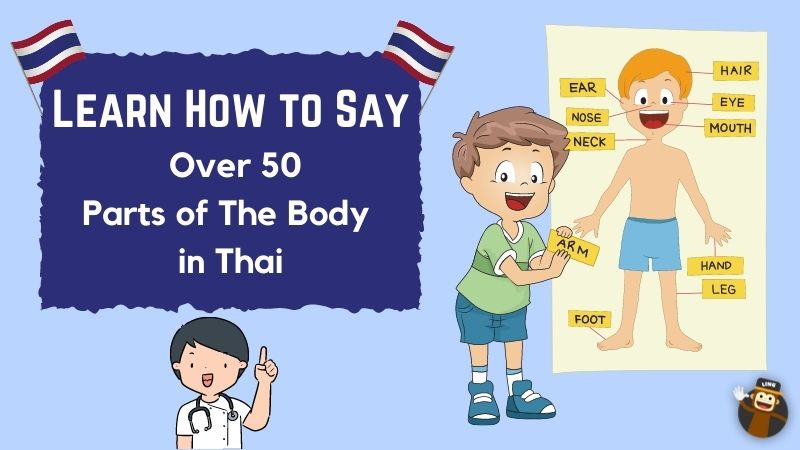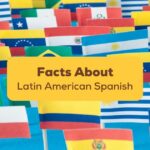Ouch! You’ve just hurt yourself in a strange but amazing country; Thailand. How can you communicate in the Thai language where you’ve hurt yourself? Imagine not being able to express yourself in an emergency situation properly! Medical reasons are just one important motive for learning the parts of the body in Thai.
If you’re ever hurt, such as in a motorcycle accident (which is a very common occurrence in Thailand, by the way,) you’ll need to be able to communicate to the paramedics exactly where you are hurt or feel pain.
Another reason it’s so important to know common words, such as the names of the body parts in Thai, is to help you communicate during a Thai massage.
Knowing the Thai names for body parts will help you decide which kind of massage you’d like. This knowledge can also aid during a massage when you may want the masseuse to focus on or avoid a certain area of your body.
In addition, knowing the vocabulary for body parts in Thai can also help you if you find yourself in a romantic situation. Being able to talk clearly about wants and needs related in the bedroom is essential to having a good time!
So, if you are living in Thailand, or you will visit the country soon, get ready with this essential vocabulary that will not only increase your language skills but also ease your daily life during your stay in the country.
Let’s get going and learn those body part names in Thai!
Thai Vocabulary For Parts Of The Head
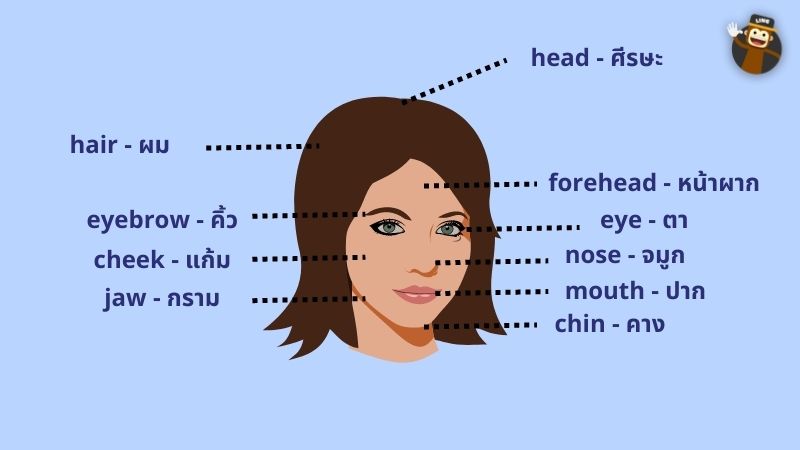
Note that the name of a body part in Thai doesn’t change if it’s plural. For example, ear and ears will be the same word. To refer to which ear, you would commonly point or say right ear (หูขวา / hoo kwaa) or left ear (หูซ้าย. / hoo sai). It is the same for all other plural body parts.
Also, note that culturally, the head is considered a special, almost sacred part of the body. You’re not supposed to touch other people’s heads or hair. The exception to this rule is children.
When visiting Thailand, it’s quite common for strangers to walk up to your child and start lovingly touching their head and hair.
For Thais, this is considered good luck as apparently, children are full of it!
It’s also acceptable for close family members to touch or kiss each other’s heads. It usually only happens during Mother’s Day or very special family occasions. Or in times of extreme emotion.
| English | Thai | English Pronunciation |
| cheek/cheeks | แก้ม | gam |
| chin | คาง | gaang |
| ear/ears | หู | hoo |
| eye/eyes | ตา | taa |
| eyebrow/eyebrows | คิ้ว | key-u |
| face | ใบหน้า | bey-naa |
| forehead | หน้าผาก | na-paak |
| hair | ผม | phom |
| head | ศีรษะ | sri-sa |
| jaw | กราม | kraam |
| mouth | ปาก | paak |
| nose | จมูก | ja-mook |
Thai Vocabulary For Facial Hair And Body Hair
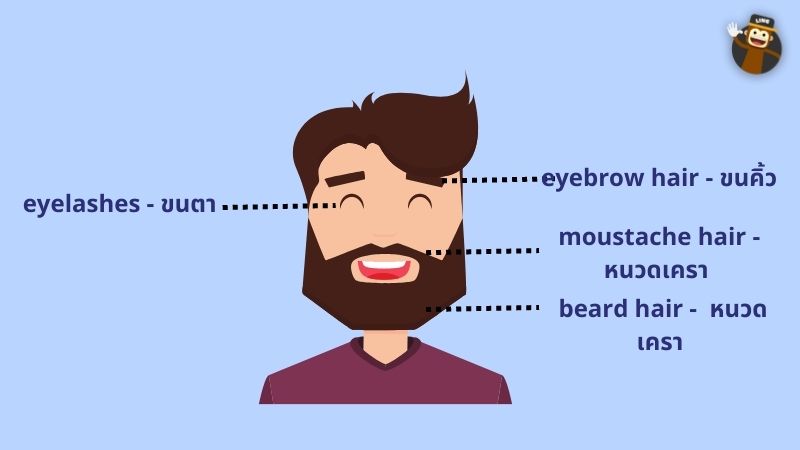
The Thai language has different words for each different type of body hair, so you need to be rather specific about which hair you’re talking about.
Most Thai men don’t have facial hair, but they get a kick out of yours!
That means that there aren’t many barbers in Thailand, and if you go to one, you need to know what to ask for.
Otherwise, the most common thing a barber will do is shave off your beard!
| English | Thai | English Pronunciation |
| arm hair | ขนแขน | kin-kaen |
| beard hair | หนวดเครา | nuad-krow |
| beard | หนวดเครา | nuad-krow |
| ear hair | ขนหู | kin-hoo |
| eyebrow hair | ขนคิ้ว | kin-keyu |
| eyelashes | ขนตา | kin-taa |
| hair on head | ผม | phom |
| leg hair | ขนขา | kin-kaa |
| mustache hair | หนวดเครา | nuad-krow |
| mustache | หนวด | nuad |
| nose | จมูก | ja-mook |
| public hair | ขนหัวหน่าว | kin-hua-naow |
Thai Vocabulary For The Mouth
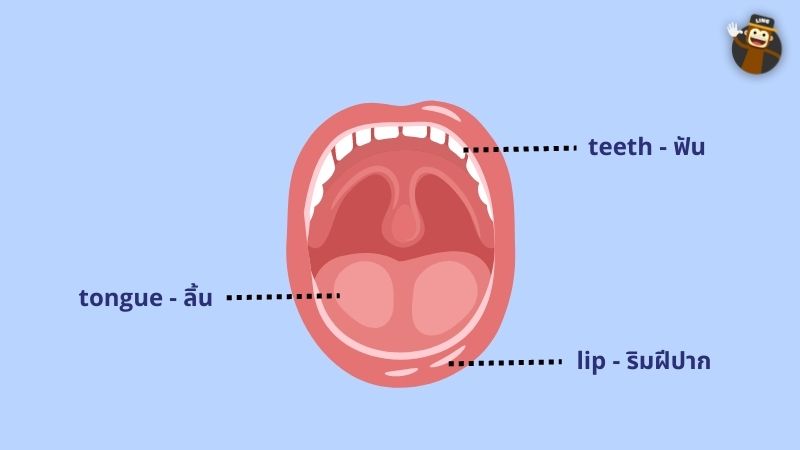
These terms will come in handy if you visit the dentist. Most dentists speak English, but just in case, it’s good to know the names of the parts of the mouth.
| English | Thai | English Pronunciation |
| lips | ริมฝีปาก | rim-fee-paak |
| teeth/tooth | ฟัน | fan |
| tongue | ลิ้น | lin |
Parts Of The Body In Thai: The Torso (Upper Body Parts)
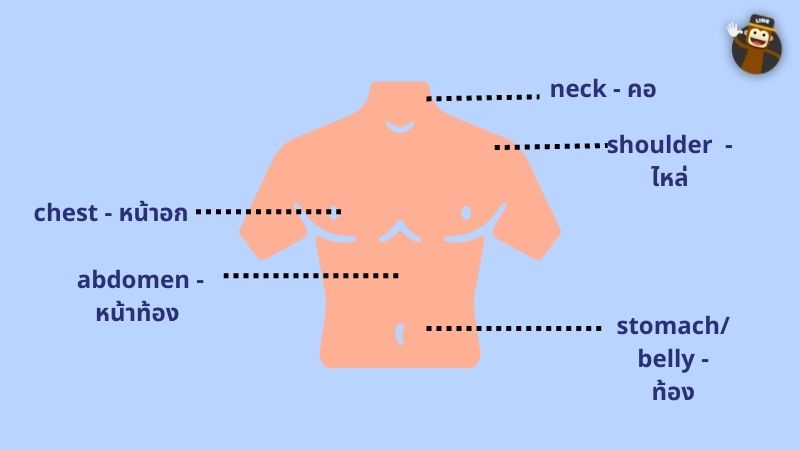
| English | Thai | English Pronunciation |
| abdomen | หน้าท้อง | naa-tong |
| breasts | หน้าอก (formal) / นม (slang) | naa-ok / nom |
| chest | หน้าอก | naa-ok |
| neck | คอ | kaw |
| nipples | หัวนม | hua-nom |
| pecks/chest | หน้าอก | naa-ok |
| shoulders | ไหล่ | lai |
| stomach/belly | ท้อง | tong |
| waist | เอว | wee-oo |
| bellybutton | ปุ่มท้อง | pum-tong |
Thai Vocabulary For Arms And Hands
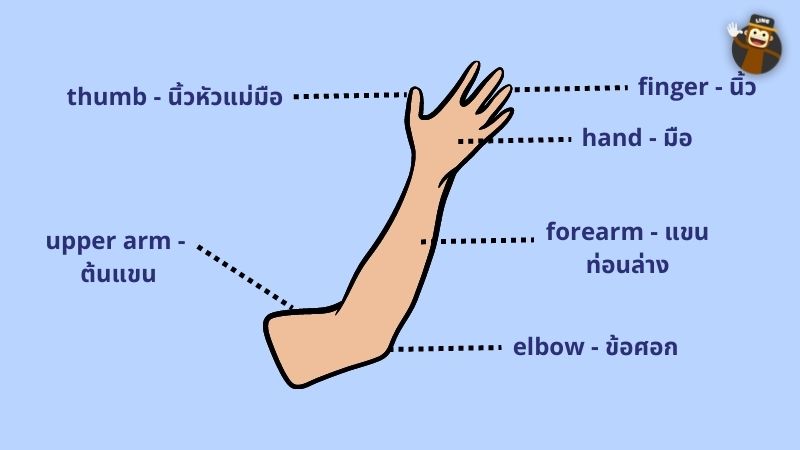
| English | Thai | English Pronunciation |
| arm/arms | แขน | kuen |
| elbow/elbows | ข้อศอก | kaw-sok |
| finger/fingers | นิ้ว | neeiew |
| hand/hands | มือ | meu |
| lower arm/forearm | แขนท่อนล่าง | ken-ton-lan |
| nail/nails | เล็บมือ | leb-meu |
| thumb/thumbs | นิ้วหัวแม่มือ | ning-hew-men-meu |
| upper arm | ต้นแขน | don-kaen |
Parts Of The Body In Thai: The Lower Body
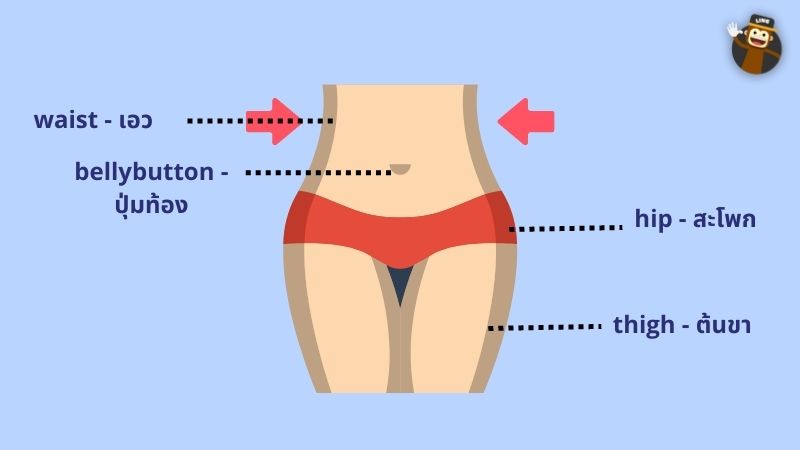
Well, these are the ‘fun’ words! It may be necessary to know this vocabulary for personal reasons if you need to visit a doctor for concerns down there.
| English | Thai | English Pronunciation & Meaning |
| bum/butt/bottom | ก้น | kon |
| hip/hips | สะโพก | sa-poke |
| pelvis | กระดูกเชิงกราน | kra-dook-chiang-kran |
| penis | องคชาต / จู๋ / น้องชาย | ong-kra-chad (genitals) / joo (nickname for penis) / nong-chai (little brother) |
| vagina | ช่องคลอด / จิ๋ม / น้องสาว / ปิ๊ | chong-klod (vagina) / jim (nickname for vagina) / nong-sao (little sister) / pee (sister) |
Thai Vocabulary For Legs And Feet
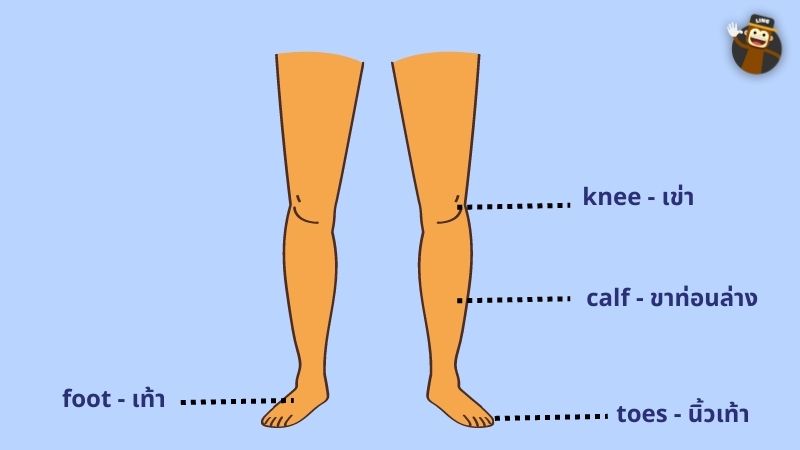
The lower part of the body is where most people are typically hurt in Thailand due to the inevitable motorbike accident you’ll incur. It happens to everyone once, even if it’s just the famous Thai tattoo (a severe burn on your calf from the motorbike exhaust.)
These words are also useful for a Thai foot massage, which usually involves the whole leg. You can use this vocabulary to ask the masseuse to focus on or avoid certain areas.
| English | Thai | English Pronunciation |
| ankle/ankles | ข้อเท้า | kaw-tao |
| calf/calves | ขาท่อนล่าง | kaa-ton-lang |
| foot/feet | เท้า | tao |
| knee/knees | เข่า | kao |
| thigh/thighs | ต้นขา | ton-kaa |
| toe/toes x | นิ้วเท้า | new-kao |
Learn More Thai With Ling!

Now you’re far more familiar with body parts in the Thai language. Are you interested in learning more Thai? Great! It’s quite an easy language to pick up, but there are 5 tones to learn.
Ling will make it a fun and easy way to learn Thai. We teach vocabulary words and phrases in an interactive way where you’ll learn to speak, read, and write in Thai!
Our program is structured so you can easily follow along with lesson by lesson in only 10-15 minutes a day. Ling will also teach you proper pronunciation, which is important with a tonal language like Thai.
Get ready for your trip to Thailand and start learning Thai today!
